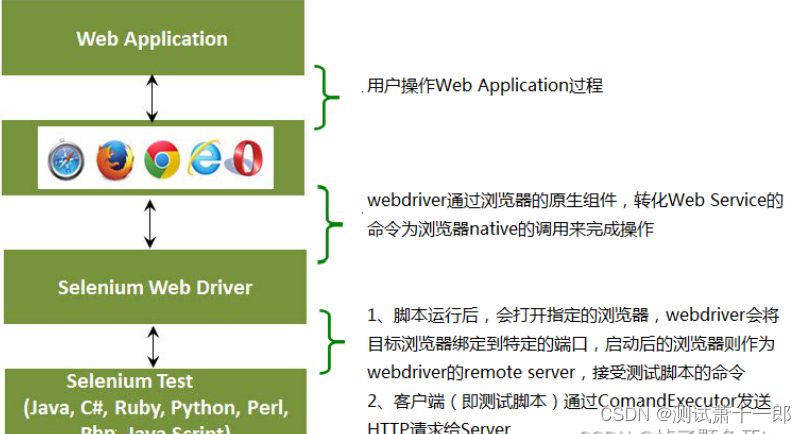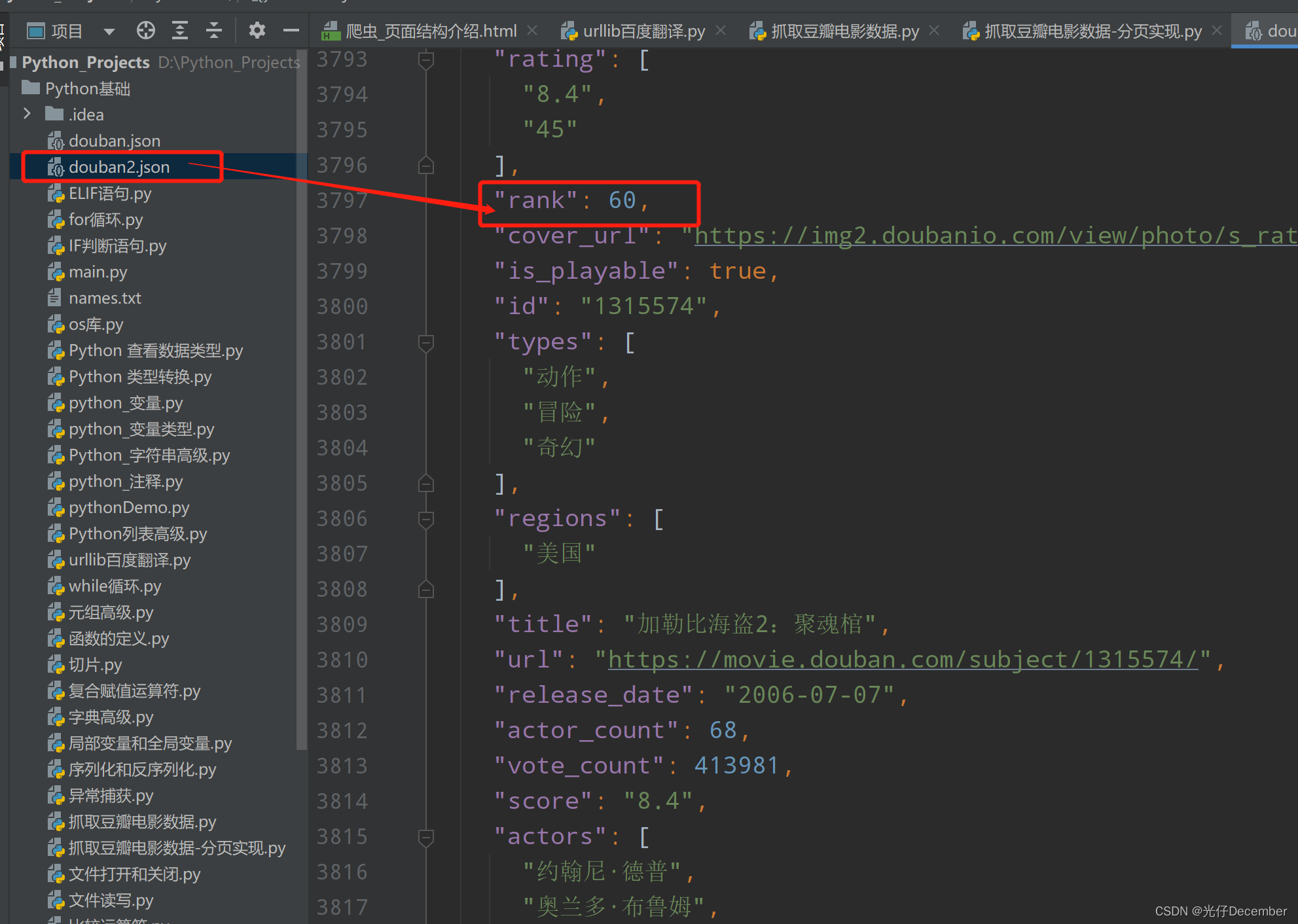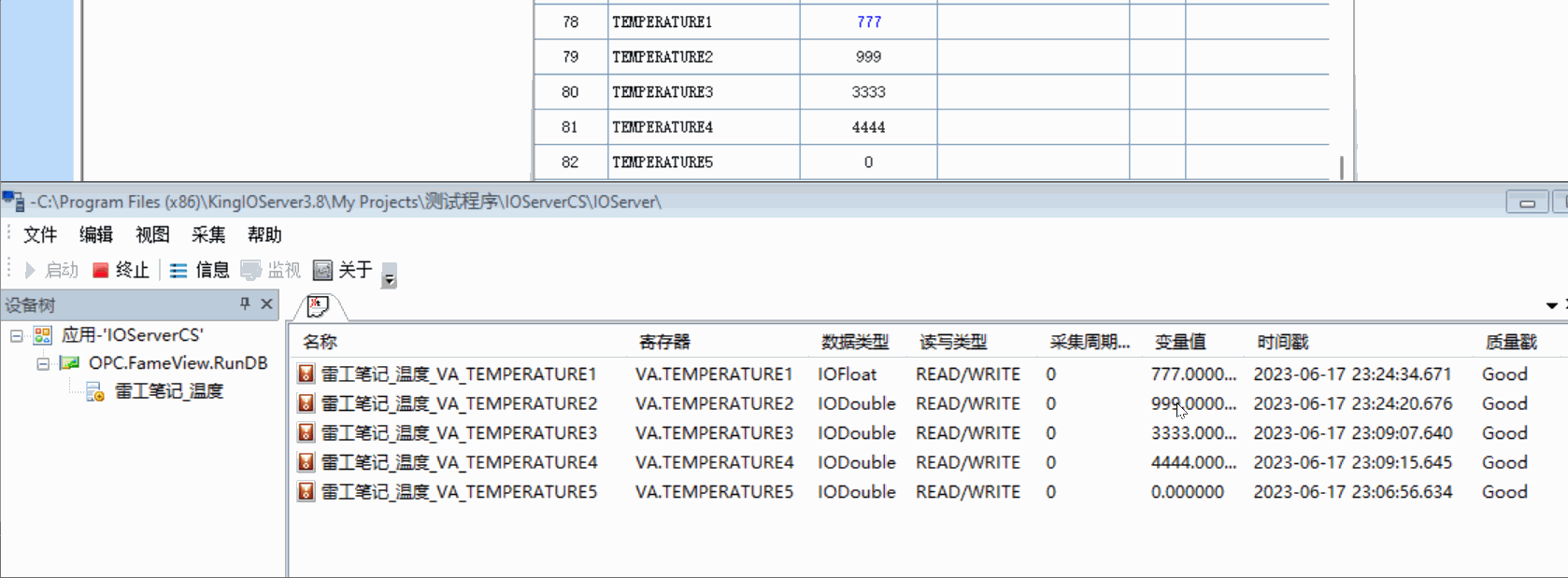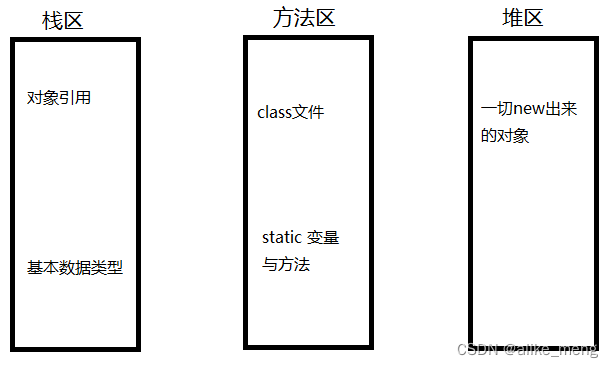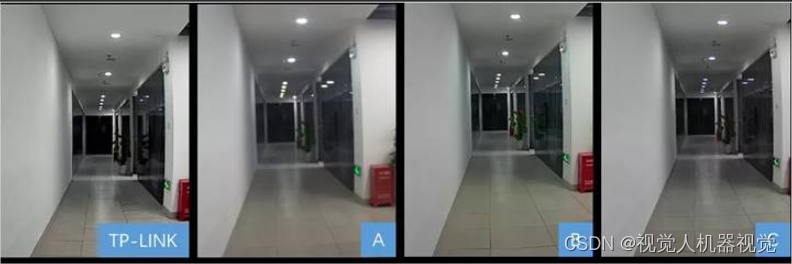
📃个人主页:个人主页
🔥系列专栏:Golang基础
💬Go(又称Golang)是由Google开发的开源编程语言。它结合了静态类型的安全性和动态语言的灵活性,拥有高效的并发编程能力和简洁的语法。Go被设计用于构建可扩展、高性能的软件系统,具有优秀的内存管理和快速的编译速度,适用于Web开发、系统编程和云计算等领域。
文章目录
- 什么是interface
- interface类型
- interface值
- 空interface
- interface函数参数
- 变量存储的类型
- 1.Comma-ok断言
- 2.switch测试
- 嵌入interface
Go语言里面设计最精妙的应该算 interface ,它让面向对象,内容组织实现非常的方便
什么是interface
简单的说, interface 是一组 method 签名的组合,通过 interface 来定义对象的一组行为。
前面例子中 Student 和 Employee 都能 SayHi ,虽然他们的内部实现不一样,但是那不重要,重要的是他们都能 say hi。
继续做更多的扩展, Student 和 Employee 实现另一个方法 Sing ,然后 Student 实现方法 BorrowMoney 而 Employee 实现 SpendSalary 。
这样 Student 实现了三个方法: SayHi 、 Sing 、 BorrowMoney ;而 Employee 实现了 SayHi 、Sing 、 SpendSalary 。
上面这些方法的组合称为 interface (被对象 Student 和 Employee 实现)。例如 Student 和 Employee 都实现了 interface : SayHi 和 Sing ,也就是这两个对象是该 interface 类型。而 Employee 没有实现这个 interface:SayHi、Sing 和 BorrowMoney ,因为 Employee 没有实现 BorrowMoney 这个方法。
interface类型
interface 类型定义了一组方法,如果某个对象实现了某个接口的所有方法,则此对象就实现了此接口。详细的语法参考下面这个例子:
type Human struct {
name string
age int
phone string
}
type Student struct {
Human //匿名字段Human
school string
loan float32
}
type Employee struct {
Human //匿名字段Human
company string
money float32
}
//Human对象实现Sayhi方法
func (h *Human) SayHi() {
fmt.Printf("Hi, I am %s you can call me on %s\n", h.name, h.phone)
}
// Human对象实现Sing方法
func (h *Human) Sing(lyrics string) {
fmt.Println("La la, la la la, la la la la la...", lyrics)
}
//Human对象实现Guzzle方法
func (h *Human) Guzzle(beerStein string) {
fmt.Println("Guzzle Guzzle Guzzle...", beerStein)
}
// Employee重载Human的Sayhi方法
func (e *Employee) SayHi() {
fmt.Printf("Hi, I am %s, I work at %s. Call me on %s\n", e.name,
e.company, e.phone) //此句可以分成多行
}
//Student实现BorrowMoney方法
func (s *Student) BorrowMoney(amount float32) {
s.loan += amount // (again and again and...)
}
//Employee实现SpendSalary方法
func (e *Employee) SpendSalary(amount float32) {
e.money -= amount // More vodka please!!! Get me through the day!
}
// 定义interface
type Men interface {
SayHi()
Sing(lyrics string)
Guzzle(beerStein string)
}
type YoungChap interface {
SayHi()
Sing(song string)
BorrowMoney(amount float32)
}
type ElderlyGent interface {
SayHi()
Sing(song string)
SpendSalary(amount float32)
}
通过上面的代码可以知道,interface 可以被任意的对象实现。看到上面的 Men interface 被 Human、Student 和 Employee 实现。
同理,一个对象可以实现任意多个 interface,例如上面的 Student 实现了 Men 和 YoungChap 两个 interface 。
最后,任意的类型都实现了空 interface (这样定 义:interface{}),也就是包含 0 个 method 的 interface。
interface值
那么 interface 里面到底能存什么值呢?如果定义了一个 interface 的变量,那么这个变量里面可以存实现这个 interface 的任意类型的对象。例如上面例子中,定义了一个 Men interface 类型的变量 m,那么 m 里面可以存 Human 、Student 或者 Employee 值。
因为 m 能够持有这三种类型的对象,所以可以定义一个包含 Men 类型元素的 slice,这个 slice 可以被赋予
实现了 Men 接口的任意结构的对象,这个和传统意义上面的 slice 有所不同。
来看一下下面这个例子:
package main
import "fmt"
type Human struct {
name string
age int
phone string
}
type Student struct {
Human //匿名字段
school string
loan float32
}
type Employee struct {
Human //匿名字段
company string
money float32
}
//Human实现SayHi方法
func (h Human) SayHi() {
fmt.Printf("Hi, I am %s you can call me on %s\n", h.name, h.phone)
}
//Human实现Sing方法
func (h Human) Sing(lyrics string) {
fmt.Println("La la la la...", lyrics)
}
//Employee重载Human的SayHi方法
func (e Employee) SayHi() {
fmt.Printf("Hi, I am %s, I work at %s. Call me on %s\n", e.name,
e.company, e.phone)
}
// Interface Men被Human,Student和Employee实现
// 因为这三个类型都实现了这两个方法
type Men interface {
SayHi()
Sing(lyrics string)
}
func main() {
mike := Student{Human{"Mike", 25, "222-222-XXX"}, "MIT", 0.00}
paul := Student{Human{"Paul", 26, "111-222-XXX"}, "Harvard", 100}
sam := Employee{Human{"Sam", 36, "444-222-XXX"}, "Golang Inc.", 1000}
tom := Employee{Human{"Tom", 37, "222-444-XXX"}, "Things Ltd.", 5000}
//定义Men类型的变量i
var i Men
//i能存储Student
i = mike
fmt.Println("This is Mike, a Student:")
i.SayHi()
i.Sing("November rain")
//i也能存储Employee
i = tom
fmt.Println("This is tom, an Employee:")
i.SayHi()
i.Sing("Born to be wild")
//定义了slice Men
fmt.Println("Let's use a slice of Men and see what happens")
x := make([]Men, 3)
//这三个都是不同类型的元素,但是他们实现了interface同一个接口
x[0], x[1], x[2] = paul, sam, mike
for _, value := range x{
value.SayHi()
}
}
通过上面的代码,发现 interface 就是一组抽象方法的集合,它必须由其他非 interface 类型实现,而不能自我实现, Go通过 interface 实现了 duck-typing 即"当看到一只鸟走起来像鸭子、游泳起来像鸭子、叫起来也像鸭子,那么这只鸟就可以被称为鸭子"。
空interface
空 interface ( interface{} )不包含任何的 method ,正因为如此,所有的类型都实现了 空interface 。空interface 对于描述起不到任何的作用(因为它不包含任何的 method ),但是 空interface 需要存储任意类型的数值的时候相当有用,因为它可以存储任意类型的数值。它有点类似于C语言的 void* 类型。
// 定义a为空接口
var a interface{}
var i int = 5
s := "Hello world"
// a可以存储任意类型的数值
a = i
a = s
一个函数把 interface{} 作为参数,那么他可以接受任意类型的值作为参数,如果一个函数返回 interface{} ,那么也就可以返回任意类型的值。
interface函数参数
interface 的变量可以持有任意实现该 interface 类型的对象,这给编写函数(包括 method )提供了一些额外的思考,是不是可以通过定义 interface 参数,让函数接受各种类型的参数。
举个例子:·fmt.Println· 是常用的一个函数,是否注意到它可以接受任意类型的数据。
打开fmt的源码文件,会看到这样一个定义:
type Stringer interface {
String() string
}
也就是说,任何实现了 String 方法的类型都能作为参数被 fmt.Println 调用,来试一试:
package main
import (
"fmt"
"strconv"
)
type Human struct {
name string
age int
phone string
}
// 通过这个方法 Human 实现了 fmt.Stringer
func (h Human) String() string {
return "❰"+h.name+" - "+strconv.Itoa(h.age)+" years - ✆ " +h.phone+"❱"
}
func main() {
Bob := Human{"Bob", 39, "000-7777-XXX"}
fmt.Println("This Human is : ", Bob)
}
现在再回顾一下前面的 Box 示例,发现 Color 结构也定义了一个 method:String 。其实这也是实现了 fmt.Stringer 这个 interface ,即如果需要某个类型能被 fmt 包以特殊的格式输出,就必须实现 Stringer 这个接口。如果没有实现这个接口,fmt 将以默认的方式输出。
//实现同样的功能
fmt.Println("The biggest one is", boxes.BiggestsColor().String())
fmt.Println("The biggest one is", boxes.BiggestsColor())
注:实现了 error 接口的对象(即实现了 Error() string 的对象),使用 fmt 输出时,会调用 Error() 方法,因此不必再定义String() 方法了。
变量存储的类型
interface 的变量里面可以存储任意类型的数值(该类型实现了 interface )。那么怎么反向知道这个变量里面实际保存了的是哪个类型的对象呢?目前常用的有两种方法:
1.Comma-ok断言
Go语言里面有一个语法,可以直接判断是否是该类型的变量: value, ok = element.(T) ,这里 value 就是变量的值,ok 是一个 bool 类型,element 是 interface 变量,T 是断言的类型。
如果 element 里面确实存储了 T 类型的数值,那么 ok 返回 true,否则返回 false。
通过一个例子来更加深入的理解:
package main
import (
"fmt"
"strconv"
)
type Element interface{}
type List [] Element
type Person struct {
name string
age int
}
//定义了String方法,实现了fmt.Stringer
func (p Person) String() string {
return "(name: " + p.name + " - age: "+strconv.Itoa(p.age)+ " years)"
}
func main() {
list := make(List, 3)
list[0] = 1 // an int
list[1] = "Hello" // a string
list[2] = Person{"Dennis", 70}
for index, element := range list {
if value, ok := element.(int); ok {
fmt.Printf("list[%d] is an int and its value is %d\n", index, value)
} else if value, ok := element.(string); ok {
fmt.Printf("list[%d] is a string and its value is %s\n", index,
value)
} else if value, ok := element.(Person); ok {
fmt.Printf("list[%d] is a Person and its value is %s\n", index,
value)
} else {
fmt.Printf("list[%d] is of a different type\n", index)
}
}
}
是否注意到了多个 if 里面,if 里面允许初始化变量。断言的类型越多,那么 if else 也就越多,所以才引出了下面要介绍的 switch。
2.switch测试
重写上面的这个实现:
package main
import (
"fmt"
"strconv"
)
type Element interface{}
type List []Element
type Person struct {
name string
age int
}
// 打印
func (p Person) String() string {
return "(name: " + p.name + " - age: " + strconv.Itoa(p.age) + " years)"
}
func main() {
list := make(List, 3)
list[0] = 1 //an int
list[1] = "Hello" //a string
list[2] = Person{"Dennis", 70}
for index, element := range list {
switch value := element.(type) {
case int:
fmt.Printf("list[%d] is an int and its value is %d\n", index, value)
case string:
fmt.Printf("list[%d] is a string and its value is %s\n", index,
value)
case Person:
fmt.Printf("list[%d] is a Person and its value is %s\n", index,
value)
default:
fmt.Println("list[%d] is of a different type", index)
}
}
}
这里有一点需要强调的是: element.(type) 语法不能在 switch 外的任何逻辑里面使用,如果要在
switch 外面判断一个类型就使用 comma-ok 。
嵌入interface
Go里面真正吸引人的是它内置的逻辑语法,就像在学习 Struct 时学习的匿名字段,那么相同的逻辑引入到 interface 里面,更加完美了。如果一个 interface1 作为 interface2 的一个嵌入字段,那么 interface2 隐式的包含了 interface1 里面的 method。
可以看到源码包 container/heap 里面有这样的一个定义:
type Interface interface {
sort.Interface //嵌入字段sort.Interface
Push(x interface{}) //a Push method to push elements into the heap
Pop() interface{} //a Pop elements that pops elements from the heap
}
看到 sort.Interface 其实就是嵌入字段,把 sort.Interface 的所有 method 给隐式的包含进来了。
也就是下面三个方法:
type Interface interface {
// Len is the number of elements in the collection.
Len() int
// Less returns whether the element with index i should sort
// before the element with index j.
Less(i, j int) bool
// Swap swaps the elements with indexes i and j.
Swap(i, j int)
}
另一个例子就是 io 包下面的 io.ReadWriter ,它包含了 io 包下面的 Reader 和 Writer 两个 interface :
// io.ReadWriter
type ReadWriter interface {
Reader
Writer
}




